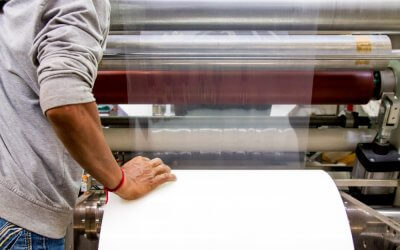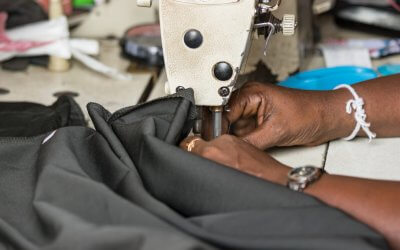Finding the right manufacturer is a process that every importer has to go through.
If you’re new to importing, it can be difficult to know the best steps to follow. And, even when you already have the process figured out, the whole thing can be time-consuming and challenging.
We often get asked about how to approach supplier research and selection with questions such as, “How do I find a good manufacturer for my startup?” or “How can I be sure that the supplier I’m choosing is the right one for me?”
Today we want to share some tips that will help importers who are preparing to start reaching out to suppliers.
In general, we suggest that you (a) get to know your product very well, (b) clearly define your criteria for supplier selection, and (c) make good decisions about how much detail to share with suppliers.
Get to Know Your Product Very Well
A route some importers take is to begin the process by checking out the catalog of products a factory has available to sell.
We believe it is preferable, though, to have your own product with a unique design. This way you will be the only one selling it and are not competing directly with other businesses doing the same thing.
We recommend hiring a designer to help you come up with a unique design. And along with having a design, you need to be sure you understand everything there is to know about your product.
What design features does it have and why? What materials will it be made from and why? What laws and regulations will apply to your product in the country of importation?
The better you understand your product, the better you will be able to define supplier criteria and vet potential partners.
Define Your Supplier Selection Criteria
Before dashing off to contact every random factory you can find, you need to stop and think about how you will actually choose your supplier. For example, one key consideration is geographic location.
In China, factories of a specific type tend to be clustered in certain regions, cities, and districts. If you are sourcing electronics, Shenzhen and nearby cities form the biggest hub for this industry. If you are sourcing toys, many manufacturers are clustered in the city of Shantou. Know where potential manufacturers of your product are clustered.
You also need to consider whether or not these factories are used to exporting to your country. Since different countries have different regulations, a manufacturer that normally exports to Europe may not be familiar with all the requirements for importing to the USA and vice versa.
It is important, too, that you consider each factory’s size. A large manufacturer may not give you the attention you require if you’re a small fish. And, if your company is large, working with a small manufacturer where you make up a large percentage of their customer base creates business risk. Determine what size of factory would be appropriate to work with.
Another potential consideration is whether the factory staff communicates in a timely manner and with good English. A breakdown in communication can lead to more issues than you want to deal with down the road.
Create a spreadsheet with all of your criteria and use it to keep track of supplier information as you collect it. This will help you make a decision in the most objective manner possible.
Keep in mind, though, that once you actually start reaching out to potential suppliers, you need to decide how much information you will actually share with them.
Decide on How Much Detail You Will Share
Keeping your intellectual property secure is an important consideration in China. So, divulging too much information right away can sometimes put you at risk.
Before providing companies with your requirements, you need to think about how to share them in a way that is specific enough to get you a quote. At the same time, you need to make them generic enough so that they don’t give away any IP.
For example, you can share the size and materials of your product, but wouldn’t want to share specific patterns. What you don’t want is to start seeing your product out on the market when you’re not the one selling it. So, be careful.
Summary: Take the Right Steps for a Better Chance of Success
When getting ready to reach out to manufacturers, it is important that you come up with a good design and become intimately familiar with the details of your product. It is also important to define your supplier criteria clearly and keep track of supplier information in a spreadsheet.
Before reaching out, you should decide how much information you will share about your product, so you can protect your intellectual property.
If you are planning to work with a new factory and want to learn more about how to assess their capabilities, we recommend downloading the following guide.
Free Guide
How to Prepare for a Factory Audit
A factory audit helps you assess a supplier's systems, capacity, workplace environment, or capabilities to ensure they meet your requirements as a buyer.
But which type of audit should you conduct, and which points should you cover on your checklist? In this free guide, you'll learn how to run an effective supplier assessment.





0 Comments